B-A-C-C-A-R-A-T
The 250-year-old French crystal-works practically defines the fine art
of designing, cutting and polishing glass until its magnified
prisms of light practically defy commonsense science.
The name Baccarat channels a host of assets, from traditional stemware
and chandeliers to the more modern table settings, jewelry, perfume, a
pair of museums and, most recently, a growing chain of over-the-top hotels.
The iconic label distinguishes itself through a thoughtful history of
craftsmanship, artistic ingenuity and nimble business savvy.
Not to mention pretty.
feeling like a Russian czarina or high falutin' potentate.
Located in posh Passy (11 place des Etats-Unis), the crystal treasury's
harbor is a 19th century mansion boasting its own special history.
Art patron Viscountess Marie-Laure de Noailles (1920-1970) spent her lifetime throwing lavish parties on the premises, personally buying, selling and
making love to various artists, writers and poets.
Masters of the avant-garde Man Ray, Salvatore Dali and Jean Cocteau
were just a few of her artiste-friends.
The aristocratic fairy godmother, much recognized for her unconventional
design aesthetic, mixed old masters with young modern,
as she provided refuge for a coterie of talent from the Paris art world.
Mindful of its audacious design history, the storied mansion was re-born
once again in this century, this time as showcase for hundreds
of spectacular pieces from the house of Baccarat.
Thanks to designer Philippe Starck, the renovation and bold design
of a new aesthetic was created for the iconic brand.
This new guardian of taste -- or chutzpah, depending on your personal take,
delivered an intriguing blend of contemporary opulence and
bold blueprint, one that celebrates both the timelessness of the mansion
as well as the daring spectacle of priceless crystal creations.
It's a gallery within a museum -- or is the other way around?
Either way, it's delightful and if you can afford the freight,
you can take home your own auroral souvenir.
There is also a restaurant on site (reservations highly recommended)
run by Paris top-chef Guy Martin.
The Cristal Room, aptly named, is open Monday through Friday,
offering refined cuisine and fixed menu options in a magnificent setting
that honors its name and ties to Baccarat.
This museum-gallery is as good as it gets, showing off hundreds of sensational
light refracting pieces -- including chandeliers, table settings, vases,
perfume bottles, paperweights, jewelry and even a holography-induced
"talking" vase --- all within the extravagantly painted salon walls and ceilings.
Over-the-top, yes, but ready to add a bit of excessive fantasy
to your already fabulous vision of Paris.
Note, the museum is closed on Tuesday and Sunday.
Baccarat's objects of desire come from humble origins.
The small town of Baccarat, located in the Lorraine region near the
artful city of Nancy, is still home to the crystal works as well as a museum.
Making crystal is not a delicate proposition.
Silica, lead, potassium and other chemicals are baked at a searing 1500 degrees.
Handled by brave artists using indelicate utensils such as wooden paddles,
tweezers and calipers, they blow and shape the treacherous
molten glass into objects of grand desire.
Decades of apprenticeship are required.
Surely it's a labor of love and commitment to work out your days
in the hellishly hot heavy atmosphere next to the burning furnaces.
The company's commitment to these artisans is strong
and has been from its beginnings.
Baccarat has, since 1823, provided for some sixty families,
accommodating them in rent-free housing on premise.
Skilled craftsmanship, commitment, and hard work go into the production
that feasibly is half sweatshop - half artist atelier,
giving life to the virtuoso execution of an iconic product.
Hoping to capture a new, possibly younger clientele, the company
collaborated with French designers, creating a bold vision that transforms
their heritage crystals into wearable objects of desire.
Jewelry sales now account for well over 10% of their annual sales.
Perhaps diamonds are forever -- but crystals from Baccarat
are unquestionably eye-catching, seductive --- and affordable.
limited edition custom vials ($1800 each!) of Jean Patou's Joy,
Baccarat went for the whole enchilada, giving birth to a new
crystal bottle that encases a fresh new scent, all in one fell swoop.
Rouge 540 was created for discerning buyers.
The number 540 was clearly chosen to spotlight the temperature
Baccarat uses to heat their crystal into their best loved color --- red,
the same color as the pipette (designer stick used for perfume application)
that accompanies the crystal bottle of fragrant elixir.
This unique shade of red was discovered in 1847 as the magicians of Baccarat
thrillingly fused clear crystal and 24-carat gold powder into a vision
that looks as glamorous today as it it did way back when.
Sophisticated and modern, the new perfume adds up to so much of what
Baccarat stands for -- timeless traditions, design appeal, skill,
beauty, vision, complexity, and purpose.
The list of superlatives can't read long enough for such a thoughtful
and accomplished company.
The name of Baccarat doesn't just stand for pretty shiny things.
The House of Baccarat is the essence of French innovation,
captivating artistry and ingenuity.
Just one more visual example of The Paris Effect
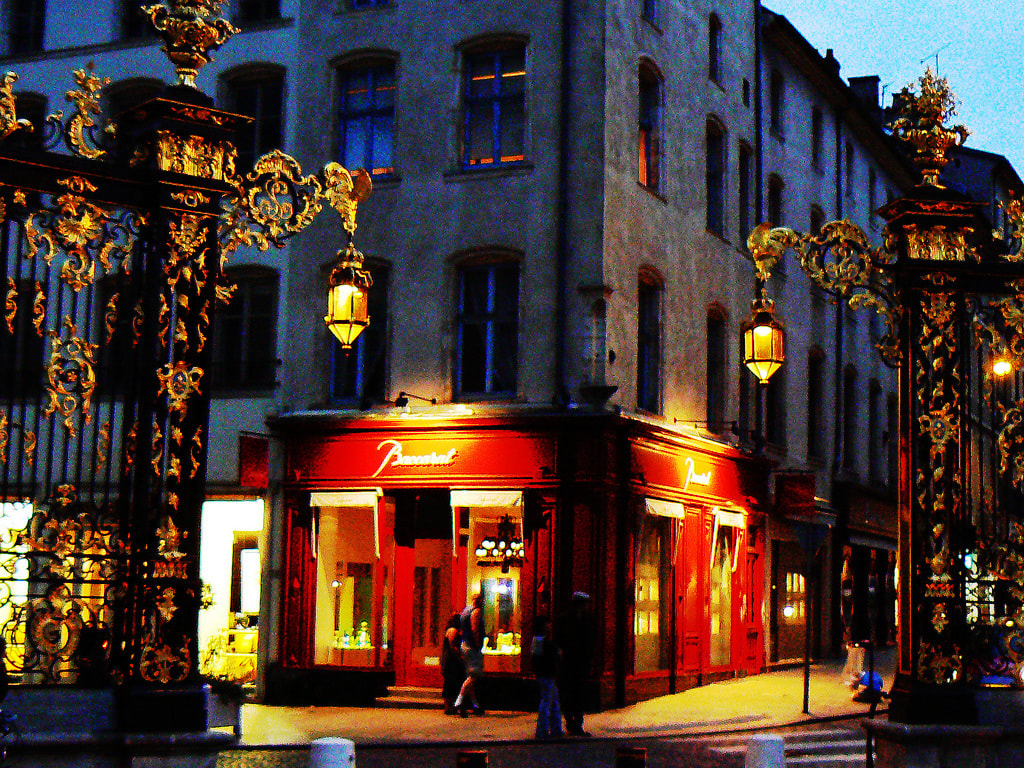
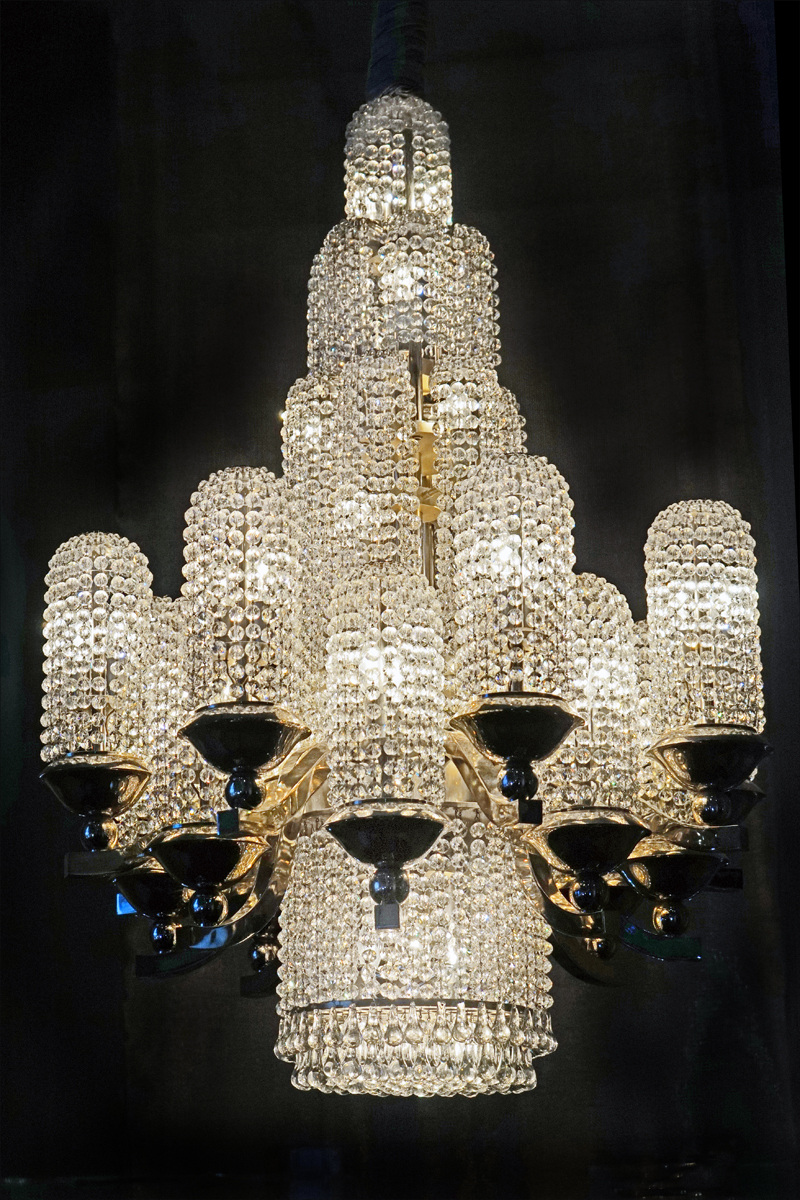

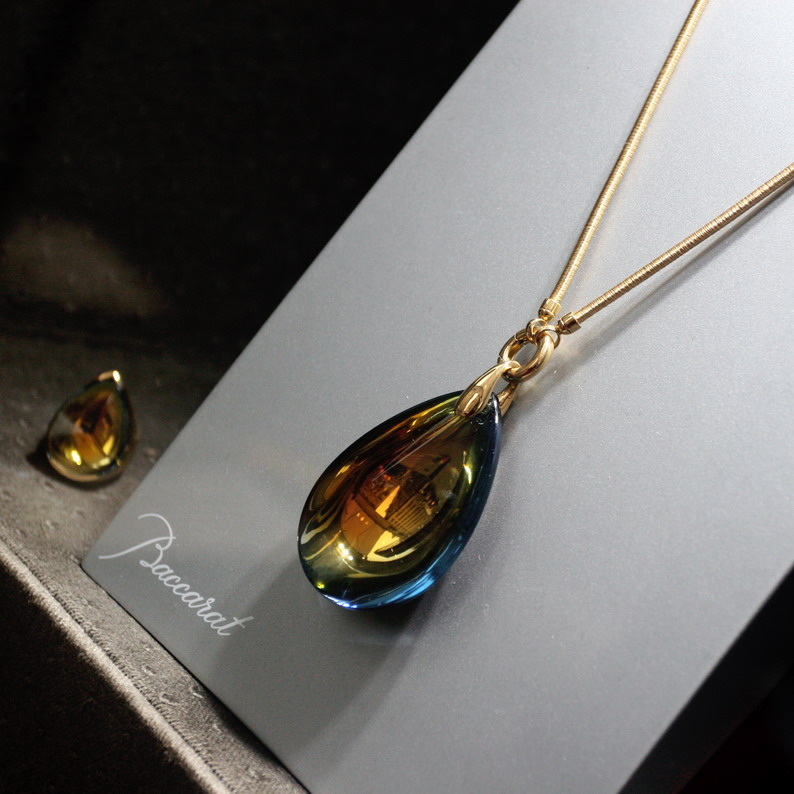
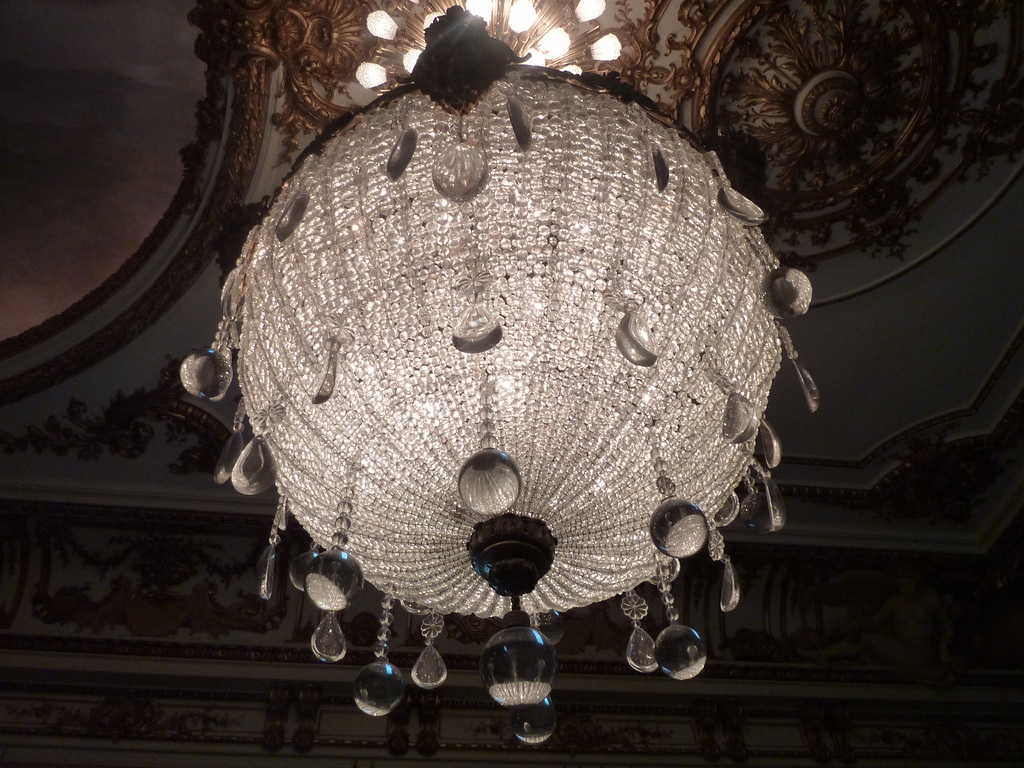
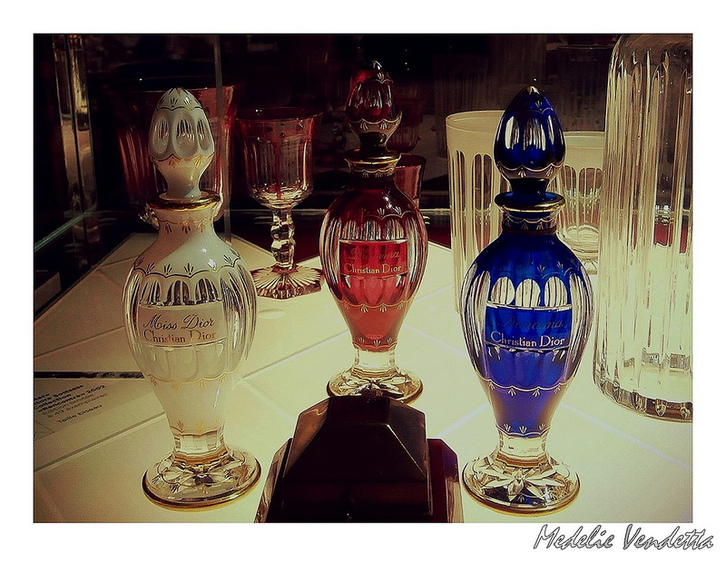
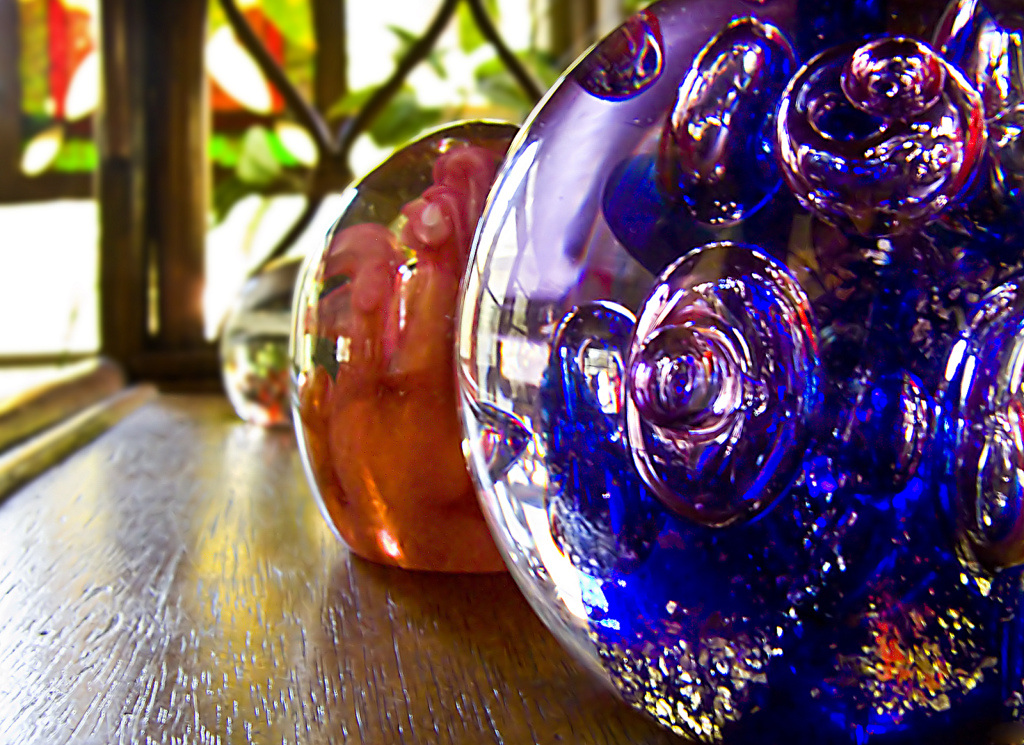

 RSS Feed
RSS Feed
